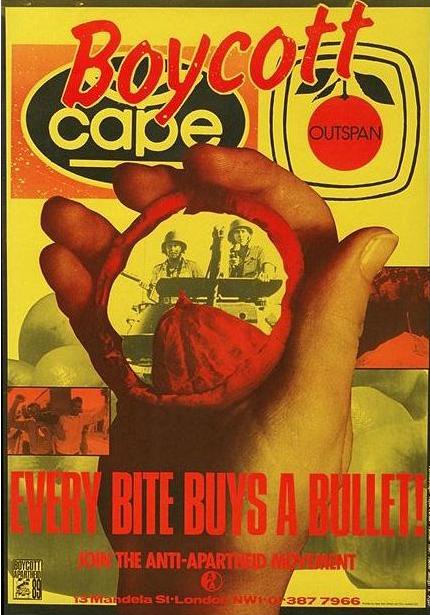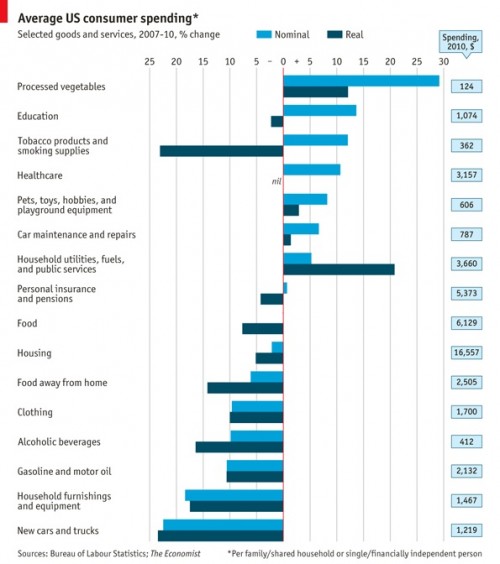Earlier this month I read an essay that explained to me why I am not married. These reasons included:
- I’m a bitch.
- I’m shallow.
- I’m a slut.
- I’m a liar.
- I’m selfish.
- I don’t think I’m good enough.
Coincidentally, the Pew Research Center released 2010 data showing that just 51% of all American adults were currently married. This is an all time low, down from 72% in 1960.
Comparing this data with the essay above is a nice illustration of the difference between “normative” and “normal.” Normal is what is typical in a statistical sense; it is what actually holds. Normative is what is believed to be good and right in an ideological sense; it is what it is believed does or should hold.
If you go by the essay, written by the thrice married and now single Tracy McMillan, marriage is an ideal state that we all should, or do, desire. In her reality, if you aren’t married, it’s because you’re doing something wrong. Marriage is normative. In actual reality, though, the state of being married is not any more normal than the state of being unmarried.
Only if marriage is normative does the non-normality of marriage become something that needs explaining. McMillan jumps in with hateful stereotypes, but social science has much better explanations.
- Low-income women often do not take-for-granted (as many middle class people do) that they can sustain a marriage through tough times. Accordingly, they wait much longer before marrying once they meet someone they like (as long as 10 years or more), so that they can be as sure as possible about the match. In other words, they take marriage very seriously and are reticent to just jump right in. They know they’re “good enough,” Tracy; in fact, they value themselves and their relationships enough to really put them to the test. (Read Promises I Can Keep for more.)
- Other women get divorced because men don’t do their fair share. Unresolved conflicts over childcare and housework are one of the top reasons that couples dissolve. Women struggle to keep up when they’re working a full time job and doing 2/3rds to 3/4ths of the childcare and housework. They may not see the data, but they may intuit that single mothers do less housework than married ones (it’s true). So they divorce their husbands. They’re not “selfish,” they’re just trying to survive. (Read The Second Shift for more.)
- Other people aren’t married because they’re in love with someone of the same sex. They’re not “sluts,” they’re discriminated against.
And, just for the record:
- I’m not married because I don’t want or need the state’s approval of my relationship and I certainly don’t want it interfering if we decide to part.
- I’m not married because the history of marriage is ugly and anti-woman; because I don’t like the common meanings of the words “wife” and “husband”; and because even today, and even among couples that call themselves feminist, gender inequality in relationships is known to increase when a couple moves from cohabitation to marriage (and I don’t think I’m so special that I’ll be the anomaly).
- I’m not married because I’m opposed to the marriage industrial complex. It’s exploitative, stereotypical, and wasteful.
- I’m not married because I value the fact that my partner and I decide to be together every day, even though we don’t have to jump through legal hoops to do otherwise.
- I’m not married because I don’t want to support a discriminatory institution that has and continues to bless some relationships, but not others, out of bigotry.
- I’m not married because I don’t believe in giving social and economic benefits to some kinds of relationships and not others. I don’t believe that a state- or church-endorsed heterosexual union between two and only two people is superior to other kinds of relationships.
After reading some of the great comments, I’d like to add that I’m not married because of several points of privilege:
- I’m not married because I live in a society that allows women to work, keep their paychecks, rent an apartment, and have a bank account. (And, frankly, I think it’s kind of neat to be in the first generation of American women who can realistically choose not to marry. I like the idea of embracing that.)
- I’m not married because both my partner and I are lucky enough to have a stable, full-time job that offers benefits, so we don’t need to get married so that one of us can get the other health insurance or some other benefit.
- I’m not married because we are both U.S. citizens and don’t have to marry in order to live together.
I could go on, but you get the idea.
The point is that when the normal and the normative don’t align it often leads to social conflict over the meaning of the gap. Some people, like McMillan, may jump in to tongue-lash the deviants. Others may revel in defending non-conformity. In any case, it will be interesting to see how the conversation about marriage continues, especially if, as the trend suggests, married people become a minority in the near future.
Lisa Wade, PhD is an Associate Professor at Tulane University. She is the author of American Hookup, a book about college sexual culture; a textbook about gender; and a forthcoming introductory text: Terrible Magnificent Sociology. You can follow her on Twitter and Instagram.





